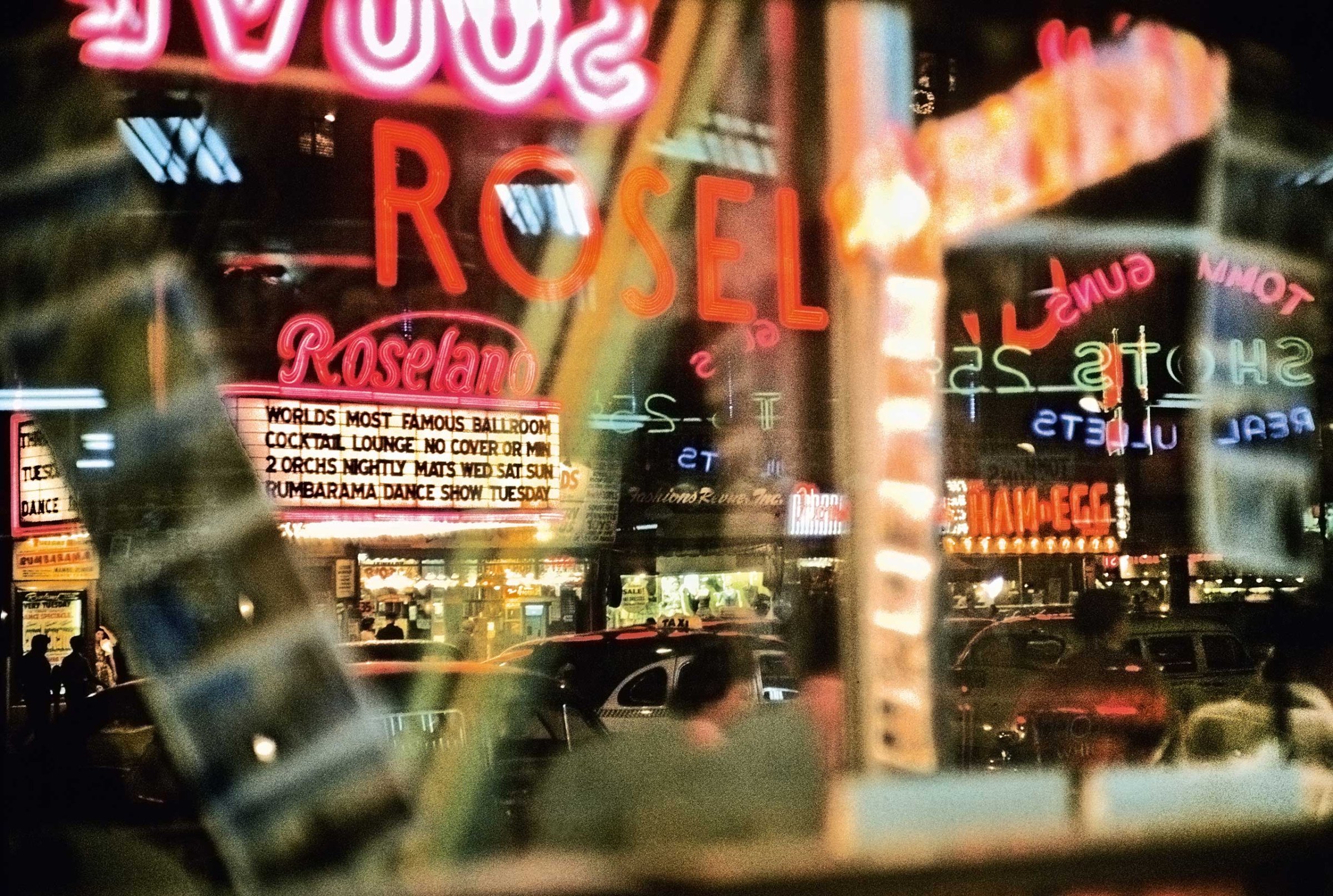
Marvin Newman has always seen things differently. When the photographic world saw in black and white, he saw color. When a street scene appeared flat and grey, he saw shadow and light. “I like to think that I have an expertise that other people don’t have,” he tells TIME. “The ability to fill that frame with something that’s not only balanced but has significance; that says something.”
The native New Yorker is notable for his incredible range, which has in turn led to his relative obscurity. “It’s part of the curse,” Newman says. “Because you can do so much.” He’s been published in Vogue, LIFE, TIME, Sports Illustrated, Playboy (the list goes on) and working since the 1940s but at 89, this is his first monograph. What has sustained him throughout his career is a fierce, ambitious spirit. “I was a competitor, I think from day one,” says Newman. “I remember – I couldn’t have been more than seven or eight – there were all the neighborhood kids and we decided to race around the block. And I beat everybody.” He has been the frontrunner many times since.
Newman was one of the first to photograph in color, when the industry was working mostly in black and white. “Museums wouldn’t put color up because it wasn’t archival,” he says. “Color wasn’t the primary business in photography, then.” But he forged ahead. “I didn’t care that it wasn’t going to be archival. I looked at the world that way,” he says. One of his first assignments from Look Magazine was to photograph a football game at the University of Tennessee – in color. He was also working with a long lens – one of the first – and remembers the challenge and enjoyment of working in uncharted territories.
It was with a modernizing spirit that he approached new technology and assignments alike. “I wanted to break barriers,” he says. “As I felt I did.” When photographing Wall Street for Esquire magazine in 1958, he created a theatrical, atmospheric portfolio that captured the highs and lows of life in the Fi-Di. A birds-eye shot of the Stock Exchange floor was photographed through a hole in the ceiling, through which he set up a platform on which the lens could poke through. The combination of the 35mm Biotar F2 and his inventiveness meant he captured the entire chaotic scene. The result; a cacophonous blur of gold wood flooring and black figures, ghost-like from the slow exposure and their urgency to get the job done. And while photographing the San Gennaro Festival in Little Italy, Newman climbed on to the roofs of the tenement buildings – a la The Godfather – to take in the swelling crowds and constellations of colored lights.
Newman’s flare for combining the abstract and the literal developed while at the Chicago Institute for Design. He studied under the tutorship of Harry Callahan and Aaron Siskin, both “true academics” but also “pretty far out”. Both disciplines would come to inform his style and his technique. Newman developed his eye working at the LIFE laboratory one summer; his job was to stamp all the prints. Poring over the contact sheets of prestigious photographers gave him a new visual language. “You could see the sequence of events on the 35mm contact print. It was a revelation to see how some photographers would spend an inordinate amount of time taking that one picture,” says Newman. “But most of the photographers that worked for LIFE you could see exactly how they were thinking or why the one that they’d chosen was the one that was used.”
The ability to tell a myriad of stories in one frame gives Newman’s work a filmic quality. This craft was mastered in his early days as a student, working at a social welfare organization, called Hull House, where he was sent to photograph living conditions in poor Chicago neighborhoods. ”They would send you out to do a story but they didn’t know what you could do – you had to go in there and figure it all out,” he says. “They had what they called their script, but normally when they hired the photographer they were expecting him to really embellish it and use it as a starting point. This is what I felt I was strong at. They always expected when they hired me that I would come back with the photograph.” This gritty series reveals a talent for exposing painful truths, quietly orchestrated through skilled composition.
Though Newman’s portfolio is almost incomprehensibly varied, he persistently returns to the pleasures of shadow and texture. The high-contrast Long Island beach scenes taken on Micro-File film are a master-class in the suggestive, abstract wonders of black and white. “It’s the composition. And what’s happening in that is that when the fences meet it does something that is really so interesting,” he says. “You would never see that with your eye.” His series capturing side-walk shadows developed this idea further still. “The closer [the shadows] are the more they become caricatures of the people,” he says. “They’re real, but they’re a little bit beyond reality.”
Newman learnt composition from painters such as Mondrian. “He had a lesson where you took the rectangle or you took the square or whatever the format was and you put something on one side of the photograph and you had to put something in the other side, to balance it,” he says. “Like there was a blue here, you would have to have a red down here, and so on. To this day I still see that way.” It’s the photographer’s curse to see the world through a viewfinder – camera at the ready or not. “I’ve gone through my later life seeing everything in this rectangle,” he says.
Though Newman travelled widely, it’s his work in America that is the focus of this retrospective. His mastery of quiet chaos made him the perfect surveyor of the gaudy circus or the hum drum small-town with its melancholy checkout girls. American culture, with all its perfect contradictions and joyful ambition came alive under his lens. “It was always a big kick to see something I hadn’t seen before,” he says. “And so many parts of our country, the United States, are different cultures.” He took in the bedlam of 80s Time Square, the vibrant geometry of 50s Coney Island and the patriotic joy of a baseball game.
One poignant series taken in 1971 at the Mustang Ranch Reno, Nevada – the state’s first licensed brothel – reveals Newman’s skill at gently presenting the truth just as he saw it, without bias. He was keen to show the domestic rituals of the prostitutes; their downtime playing cards or listening to music. “I wasn’t hoping to reveal anything,” he says. “I was waiting to see what they were about. And what I saw was usually the truth.”
There is always a picture that is yet to be taken but at 89, Newman feels content with his offering. “I’m at ease with myself now about it. I’ve done what I set out to do,” he says. “Photography has been my life. And it’s just a part of me. And I feel I have no problem when people ask me: ‘What do you do?’ and I say, ‘I’m a photographer.’ I never worry about whether they think I’m doing Bar Mitzvahs or I’m on this level that we’re speaking about.”
Marvin E. Newman is an American photographer, based in New York City. He is represented by the Howard Greenberg Gallery. His first monograph, Marvin E. Newman, is published by Taschen and is available to order for pre-order now.
Paul Moakley, who edited this photo essay, is the Deputy Director of Photography at TIME and you can follow him on Twitter here.
Alexandra Genova is a writer and contributor for TIME LightBox. Follow her on Twitter and Instagram
Follow TIME LightBox on Facebook, Twitter and Instagram


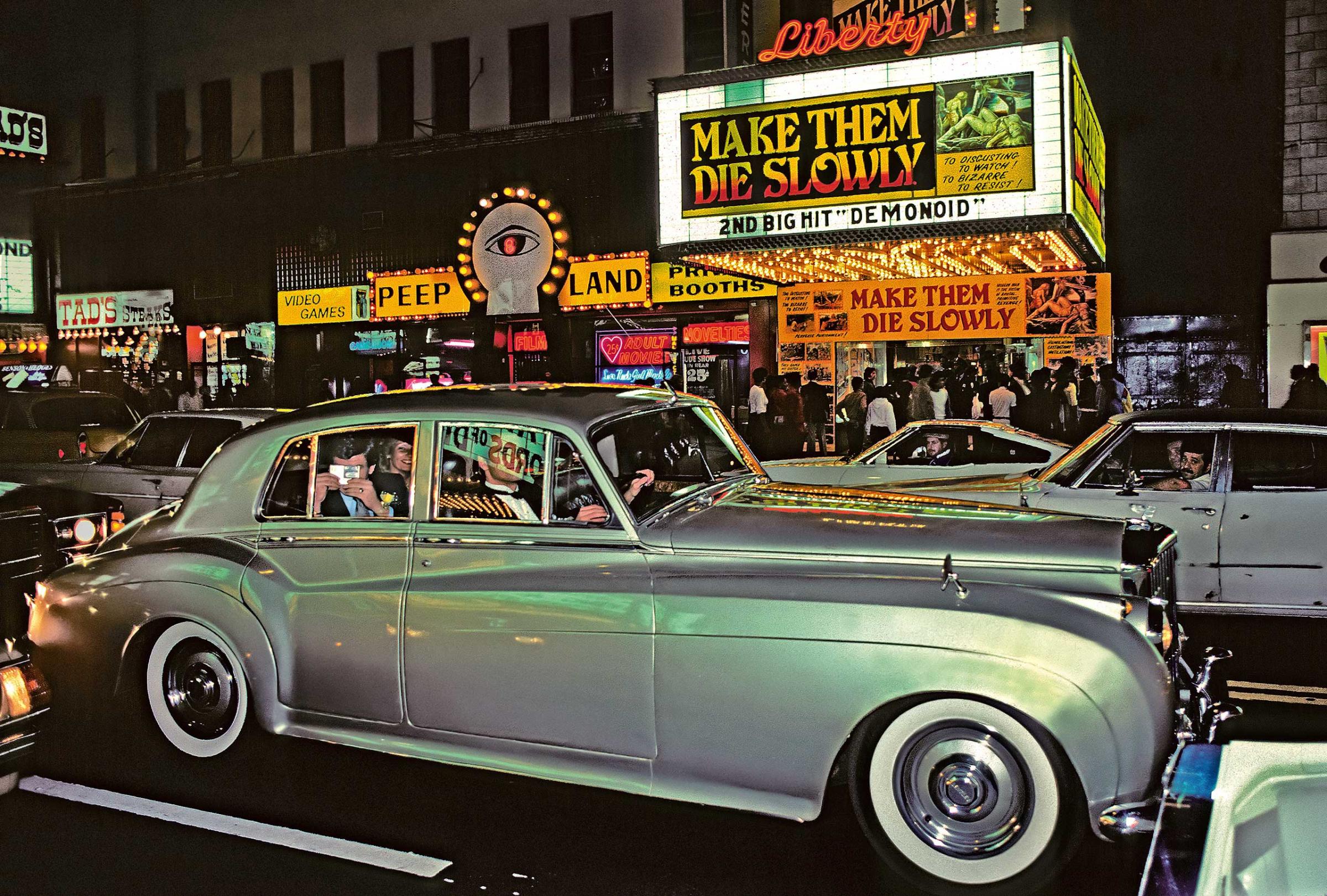
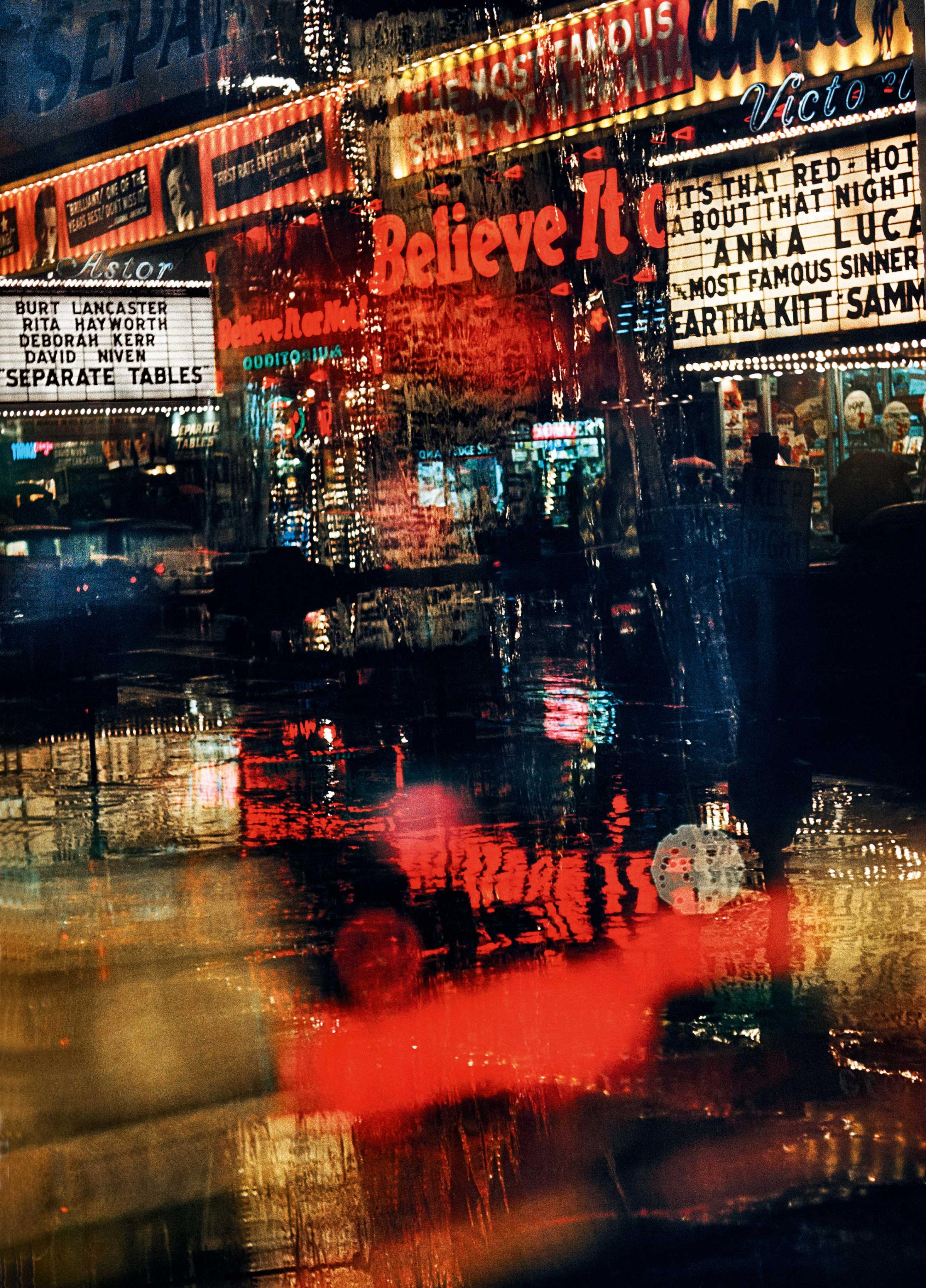
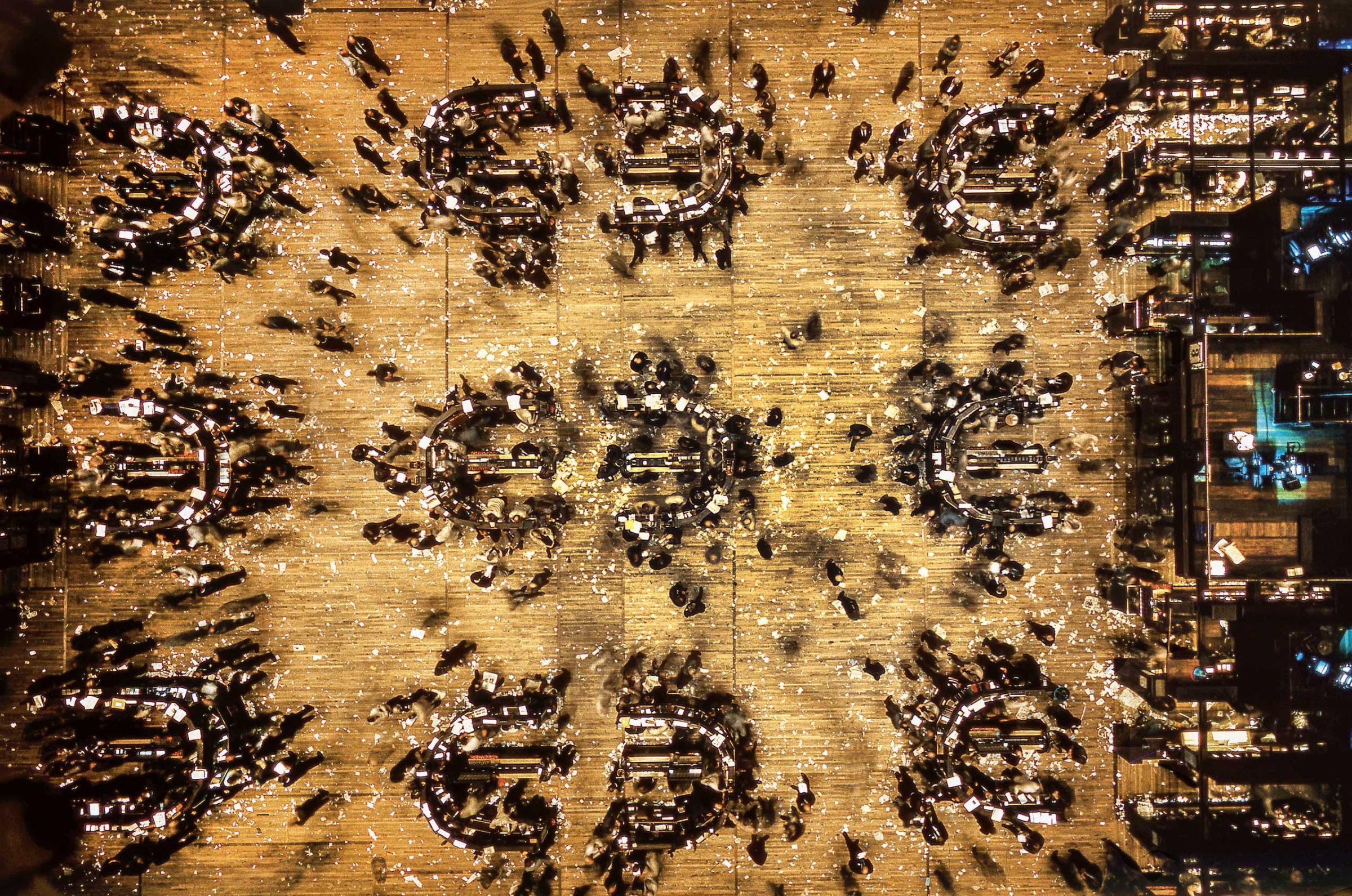

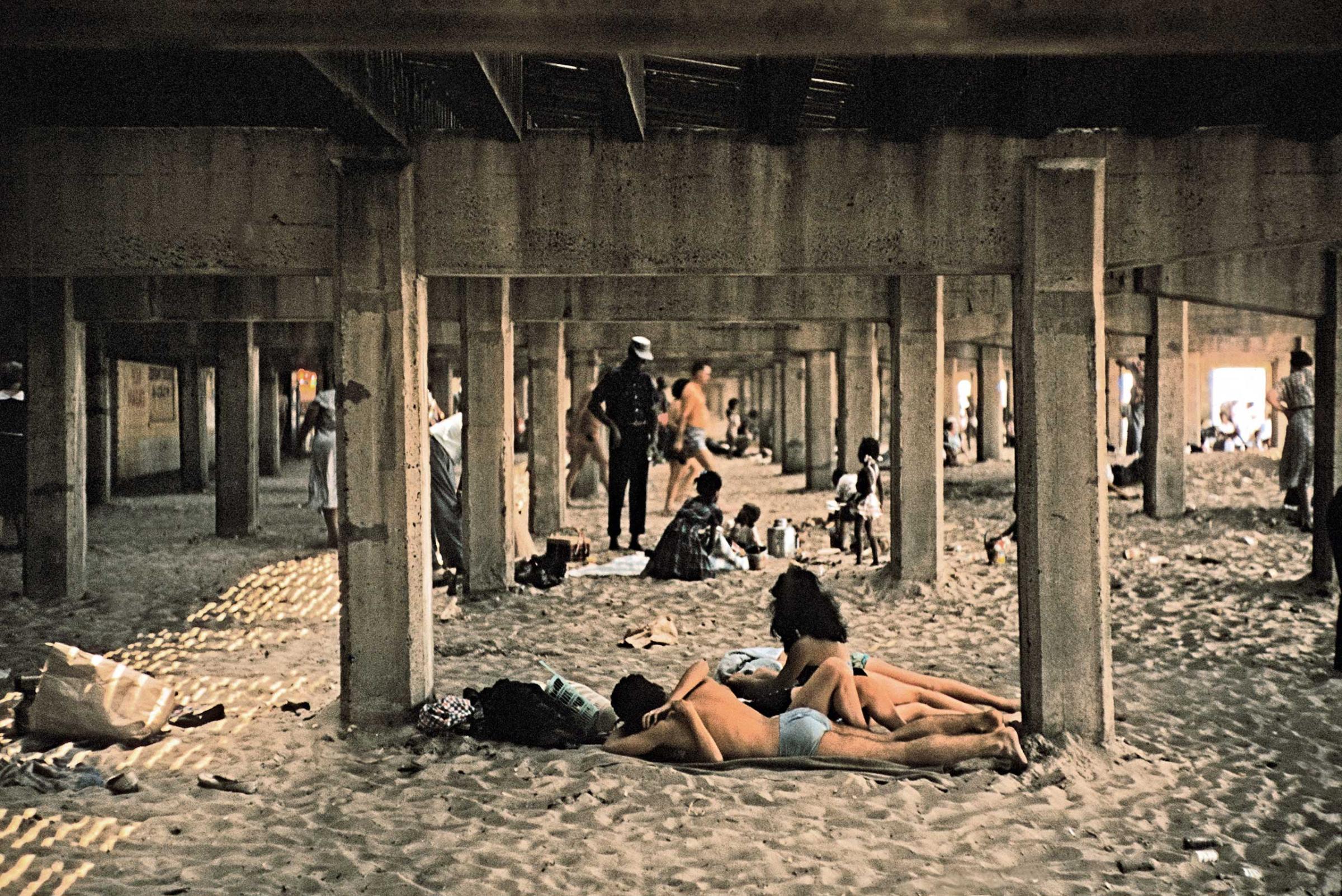
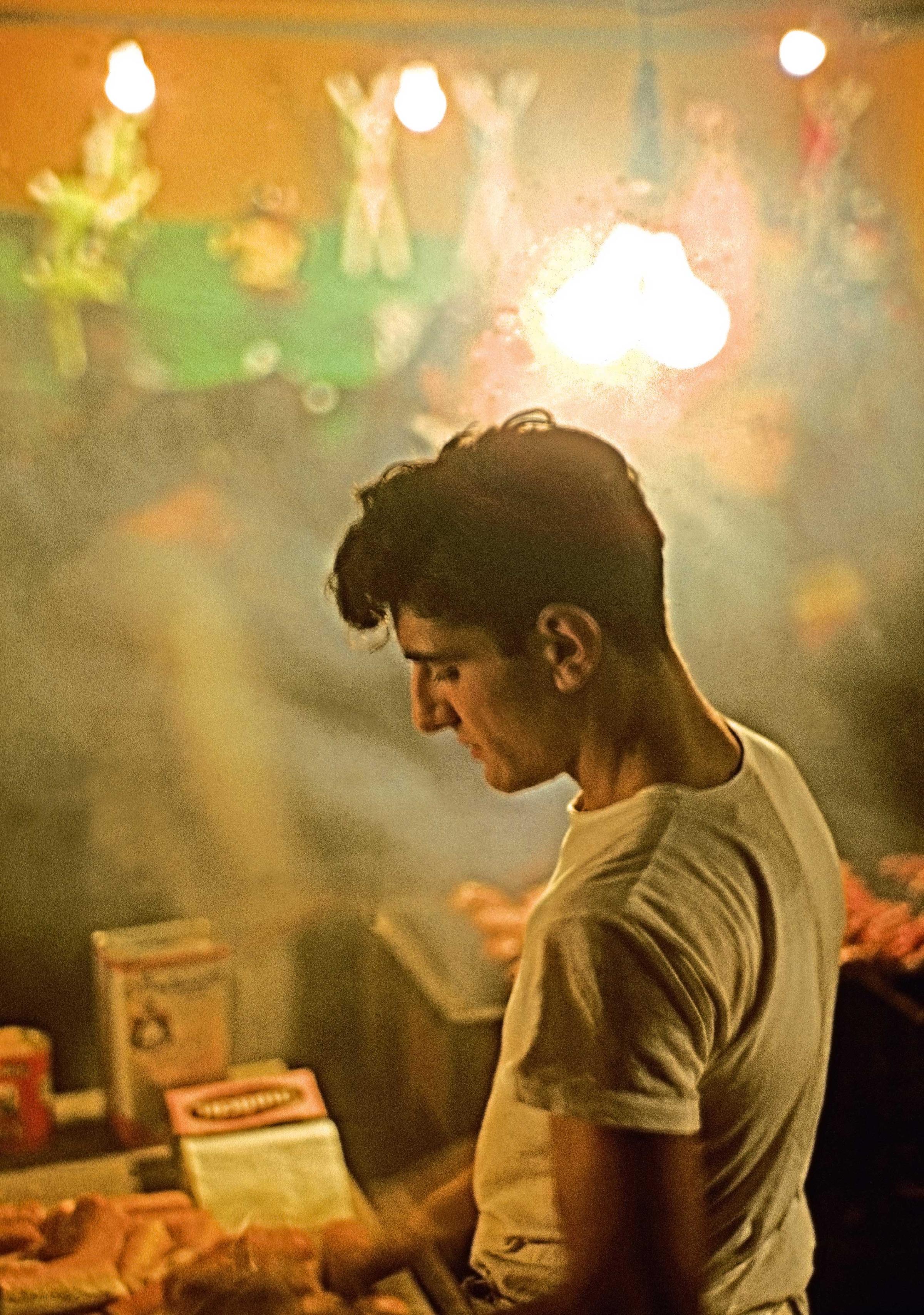
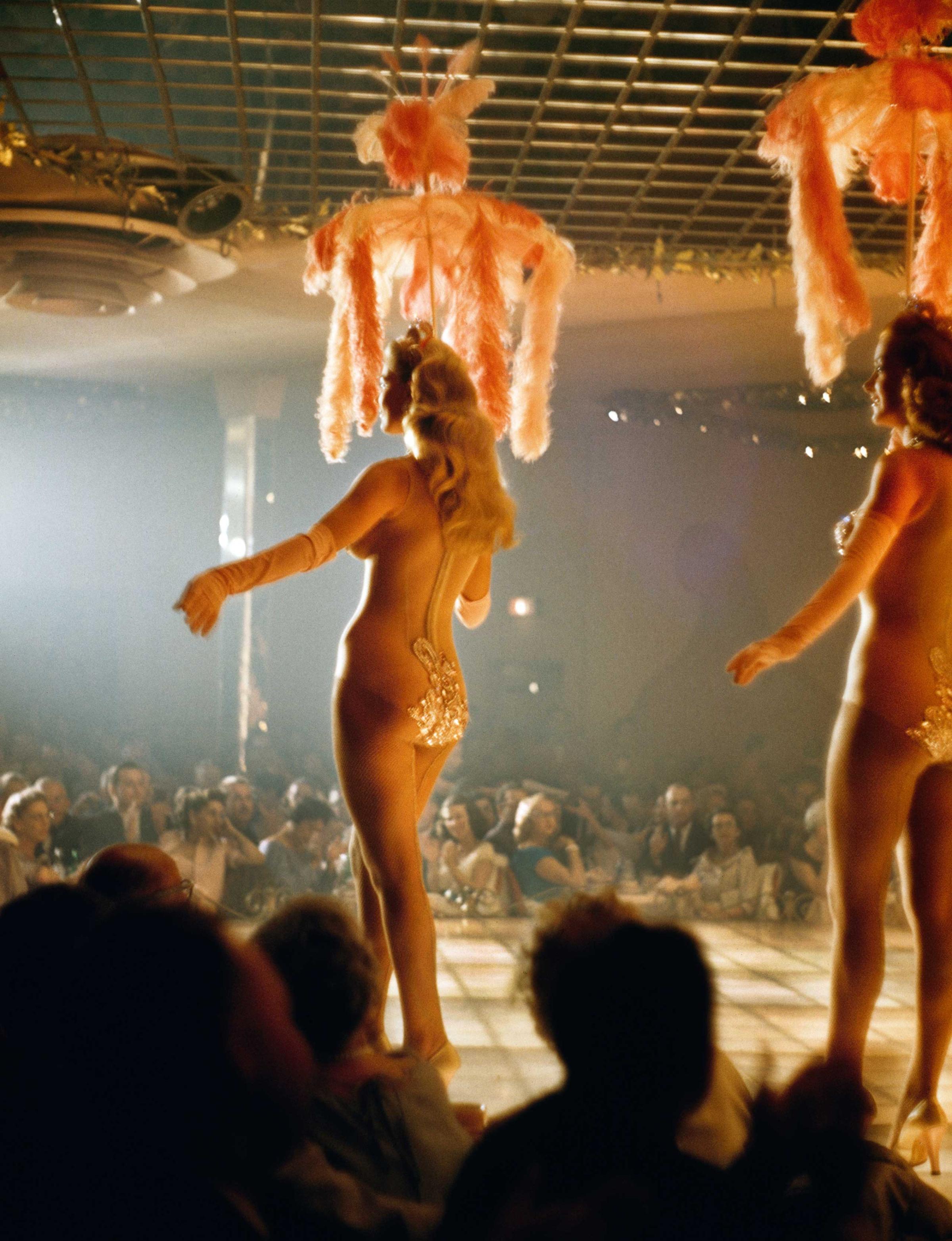
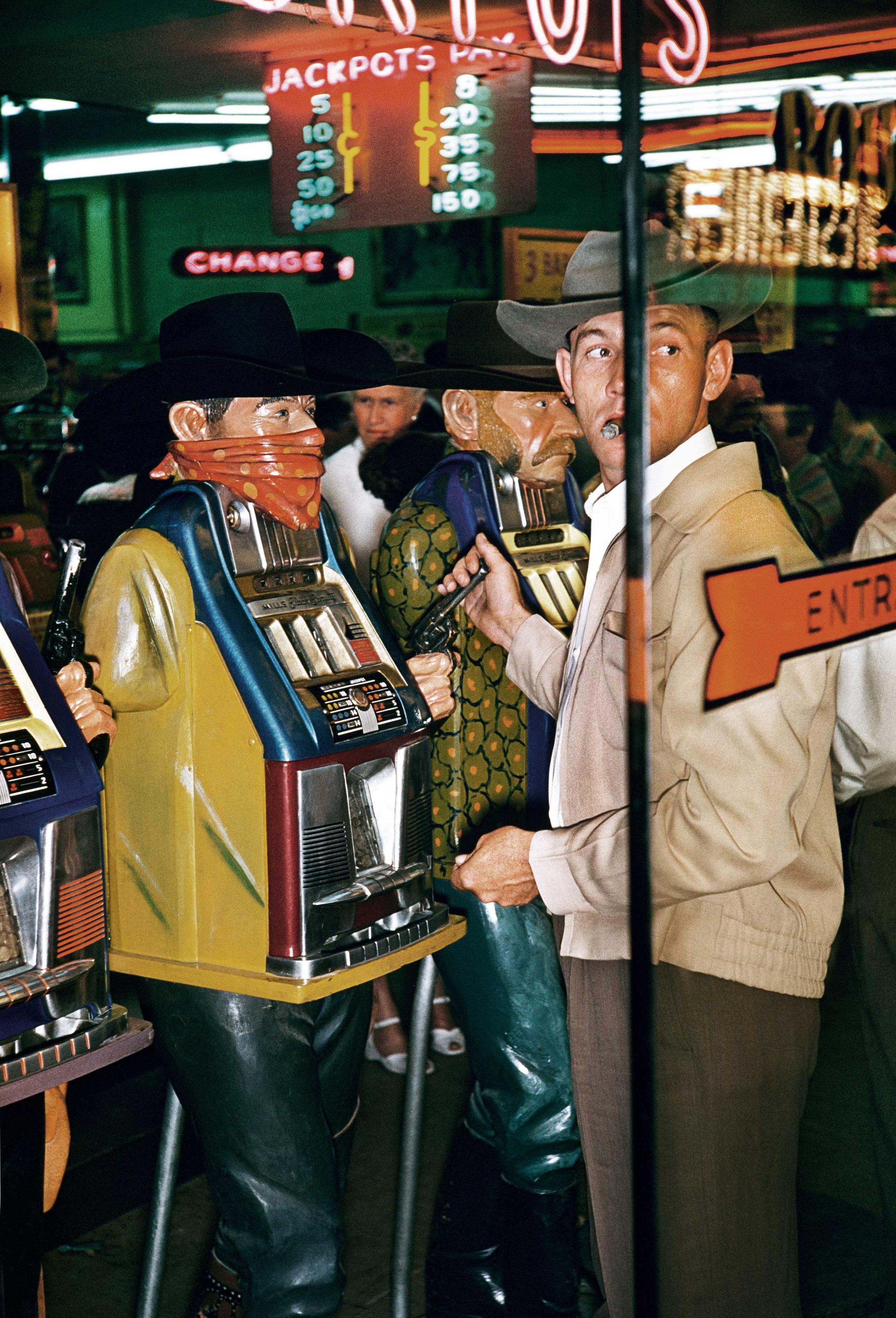
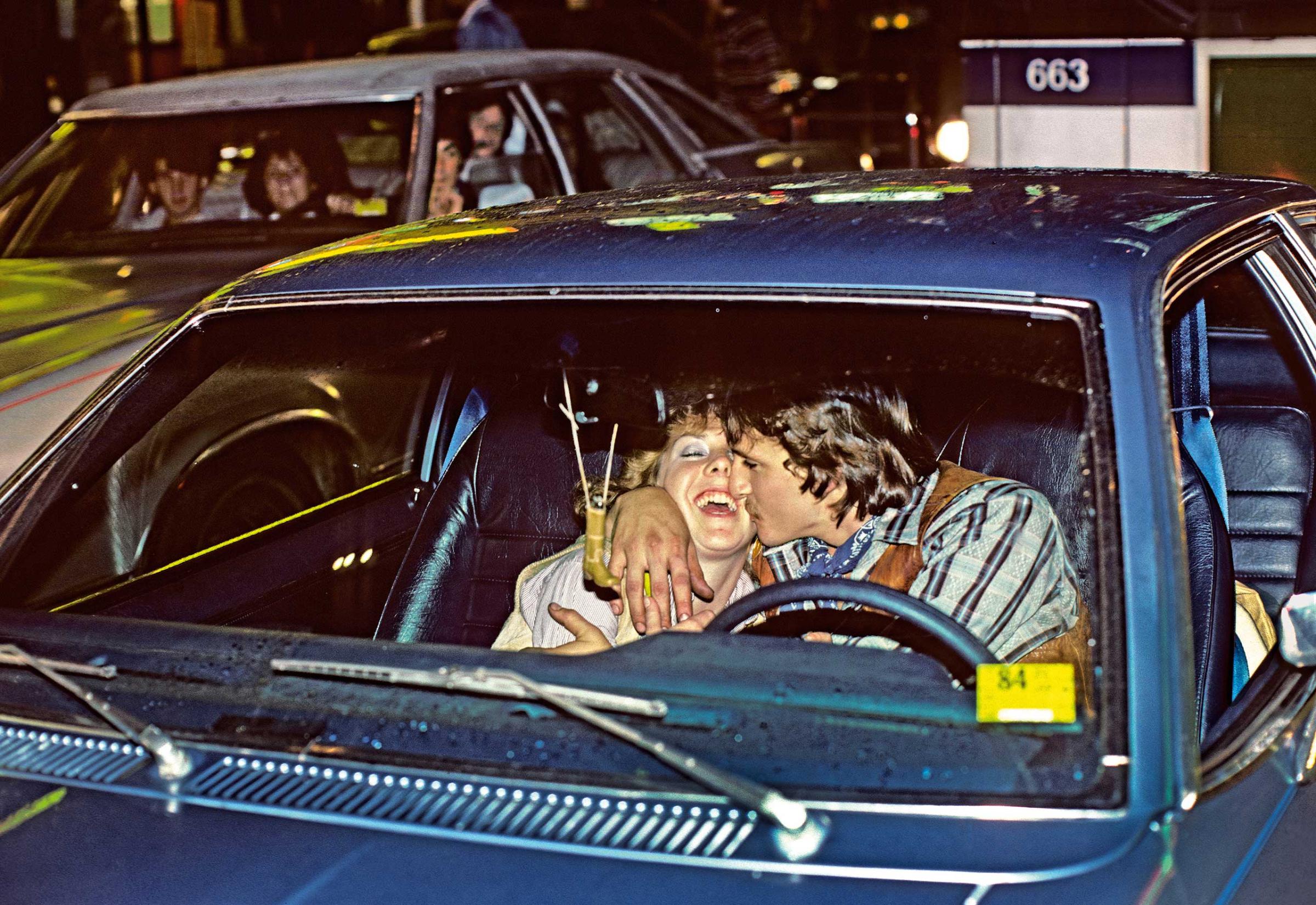

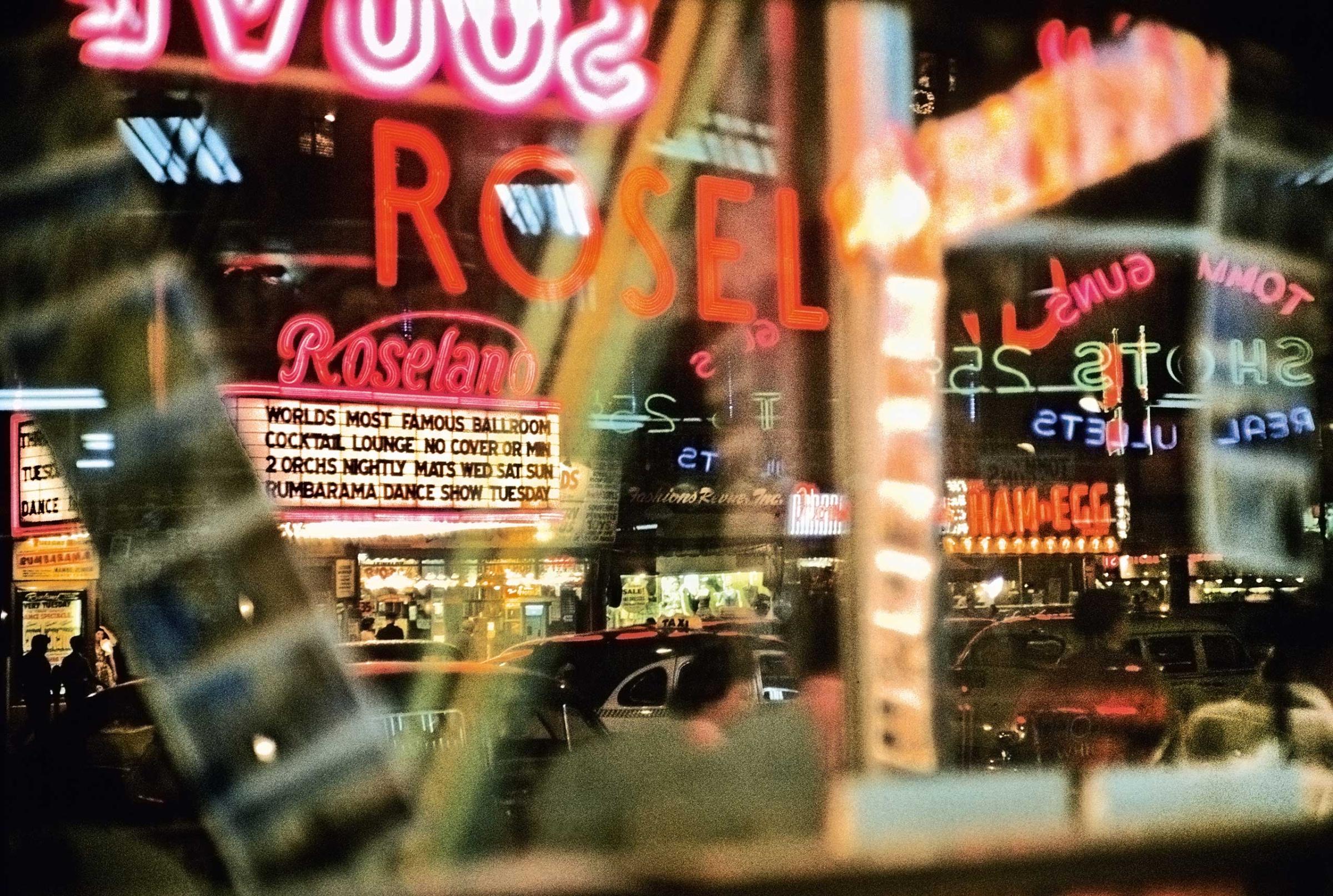
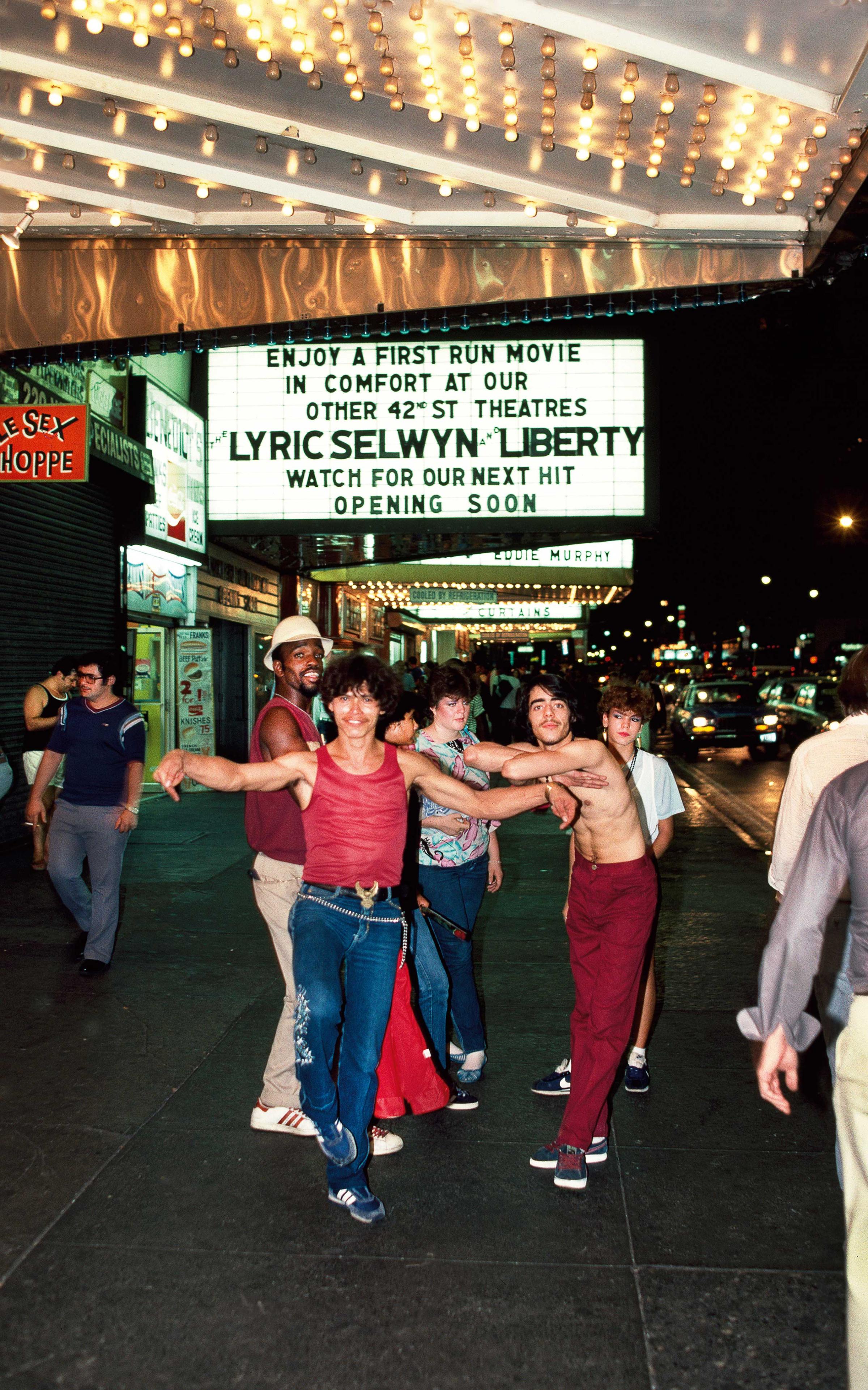



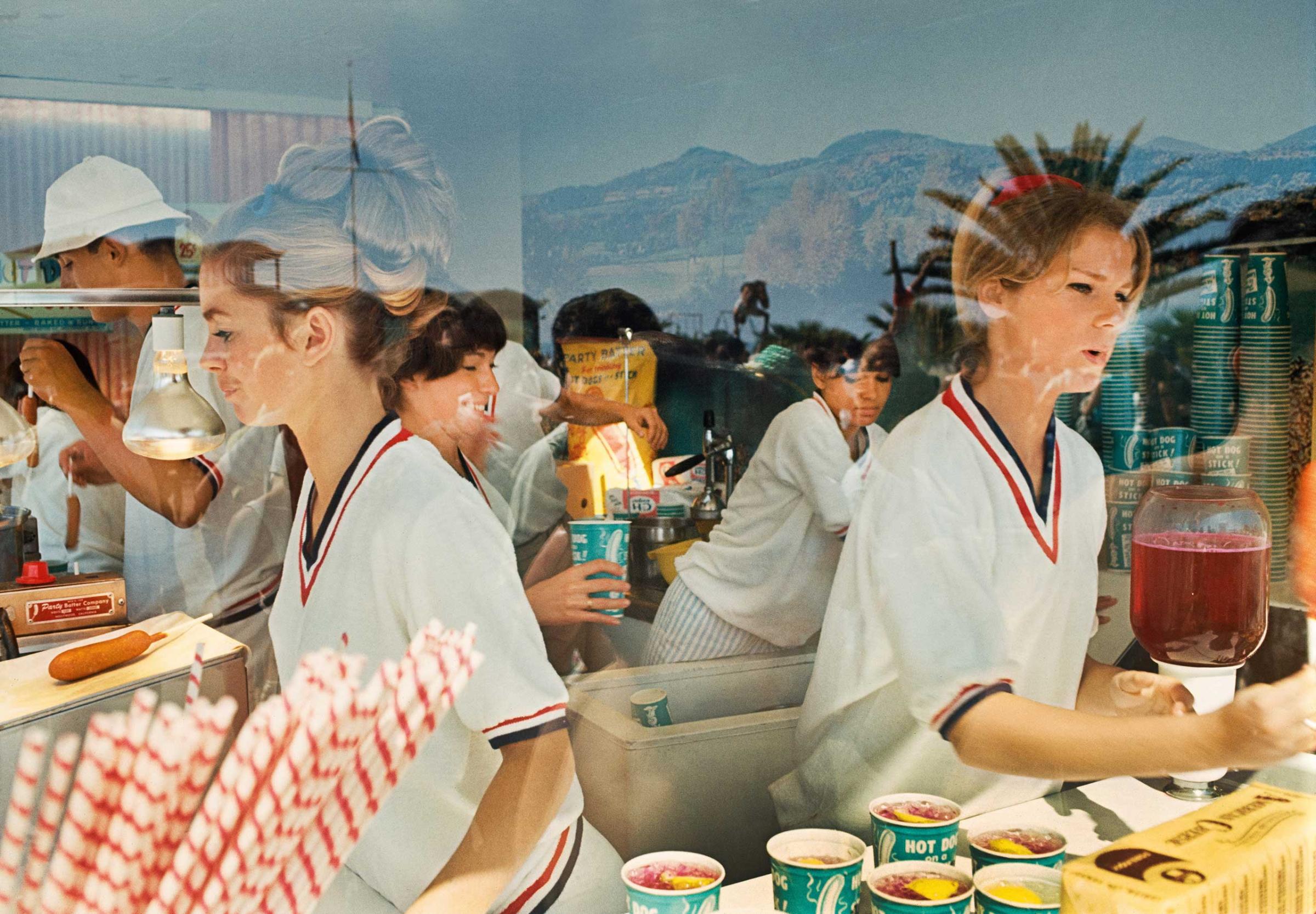



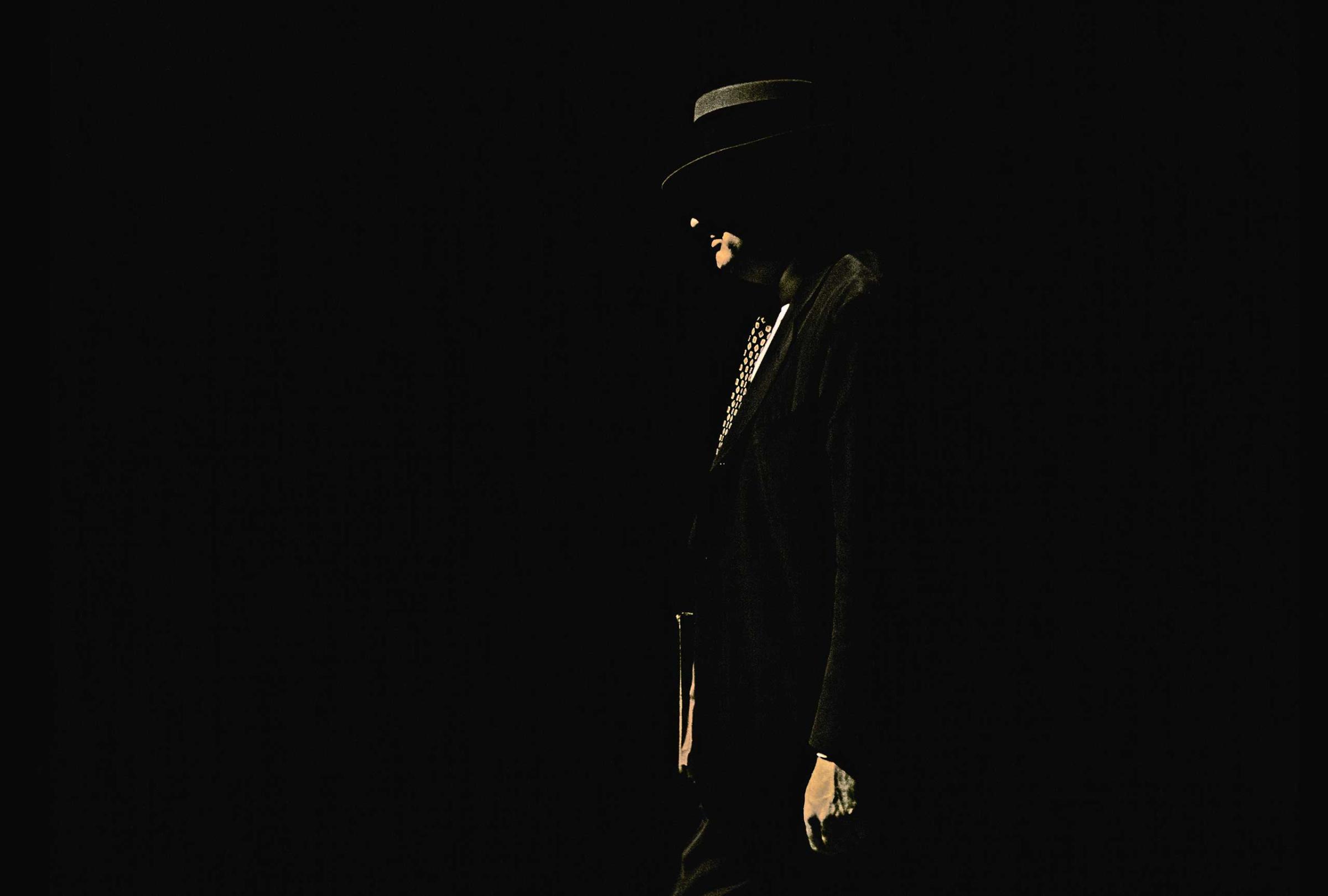
More Must-Reads from TIME
- Why Biden Dropped Out
- Ukraine’s Plan to Survive Trump
- The Rise of a New Kind of Parenting Guru
- The Chaos and Commotion of the RNC in Photos
- Why We All Have a Stake in Twisters’ Success
- 8 Eating Habits That Actually Improve Your Sleep
- Welcome to the Noah Lyles Olympics
- Get Our Paris Olympics Newsletter in Your Inbox
Contact us at letters@time.com